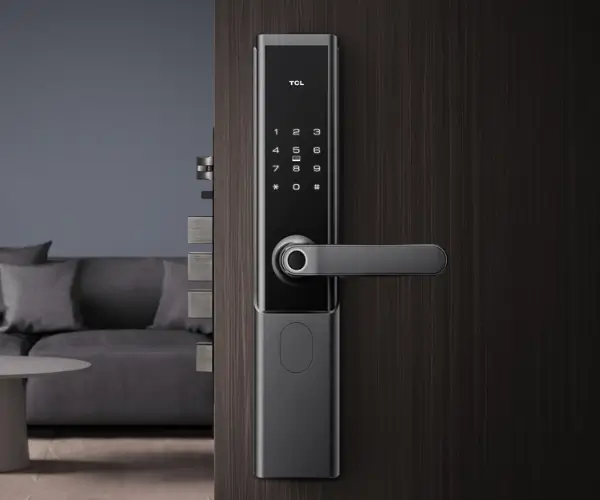Unleashing Motion: An Introduction to Arduino and Servo Motors
Picture this: You're standing on the edge of a world where electronics and robotics merge seamlessly—where your ideas can come alive through code and circuitry. Among the many components that make this magic possible, servo motors stand out as versatile, precise, and easy-to-use actuators that bring movement to your projects.

Today’s journey dives into how to connect a servo motor to an Arduino microcontroller, transforming a simple circuit into a dynamic system capable of precise rotations and complex motions. Whether you're building a robotic arm, an automated camera, or a remote-controlled vehicle, mastering this connection is foundational.
What Is a Servo Motor?
A servo motor is a compact rotary actuator that allows for precise control of angular position, speed, and acceleration. Unlike standard motors, servos typically come with a built-in feedback mechanism that constantly reports the position of the shaft, enabling fine-tuned adjustment.
The core concept is simple: if you tell the servo to turn to 90°, it strives to reach and hold that position. Change the command to 180°, and it rotates accordingly. This level of control makes servo motors invaluable in robotics, automation, and many other fields.
Basic Components Involved
Before we proceed, let’s review the essential components required:
Arduino Microcontroller A popular open-source microcontroller board—often an Arduino Uno, Nano, or Mega—that serves as the brain of your project.
Servo Motor Usually, a small unit like the SG90 or MG995, each with different torque and size specifications.
Power Supply Servo motors can draw significant current; thus, an external power supply may be necessary to avoid overloading the Arduino's onboard 5V pin.
Connecting Wires Jumper wires (male-to-male) to establish connections.
Breadboard (Optional) For prototyping and organizing wires cleanly.
Understanding the Pinout of a Typical Servo
Most servo motors have three wires:
Power (+V): Usually red. Connects to +5V (or external power source). Ground (GND): Usually black or brown. Connects to GND. Signal (PWM Control): Usually yellow, white, or orange. Connects to an Arduino PWM-capable pin.
It's vital to connect these correctly to ensure proper operation.
Step-by-Step Guide to Connecting the Servo Motor
Identify the Pins: Check your servo's datasheet or labeling to identify the power, ground, and signal pins.
Connect Power and Ground:
Connect the red wire of the servo to the Arduino's +5V pin or an external 5V power supply (preferably with a common ground). Connect the black/brown wire to the Arduino GND.
Connect the Signal Pin: Choose a PWM-capable digital pin on the Arduino (for example, pin 9) and connect the signal wire to it.
Ensure Common Ground: If you're using an external power supply for the servo, connect its ground to the Arduino GND to establish a common reference point.
Powering Your Servo: To Do or Not To Do?
While many small servos can run directly from the Arduino's 5V pin, heavier loads may cause the voltage to drop or reboot the microcontroller due to current draw. It's recommended to use an external power source for the servo, especially when working with multiple servos or high-torque models.
Testing Your Setup
Once physical connections are complete:
Connect the Arduino to your computer via USB. Launch the Arduino IDE. Load a simple servo test sketch (we'll detail the code later). Upload and observe if the servo moves as expected.
Understanding the Control Signal
The core of controlling a servo motor lies in generating PWM (Pulse Width Modulation) signals. Unlike general PWM for speed control, servo signals are a specific type of PWM where the pulse width determines the position:
1 ms pulse typically corresponds to 0° 1.5 ms for 90° 2 ms for 180°
These pulses repeat approximately every 20 ms.
Ready to Write Your First Code?
Next, we'll explore how to program the Arduino to control your servo motor. But before that, it’s worthwhile to familiarize yourself with a handy library called the Servo.h library, which simplifies PWM control.
Summary of Part 1
In this first segment, we've explored the fundamental concepts: what a servo motor is, why it’s invaluable in robotics, and how to physically connect it to an Arduino. We touched upon power considerations, correct wiring, and the importance of common grounds to ensure reliable operation.
Getting these fundamentals right sets a solid foundation. In Part 2, we’ll dive into coding — how to tell the servo what to do with simple sketches, how to set specific positions, and even creating fun projects that make your servo dance to your tune.
Established in 2005, Kpower has been dedicated to a professional compact motion unit manufacturer, headquartered in Dongguan, Guangdong Province, China.




































